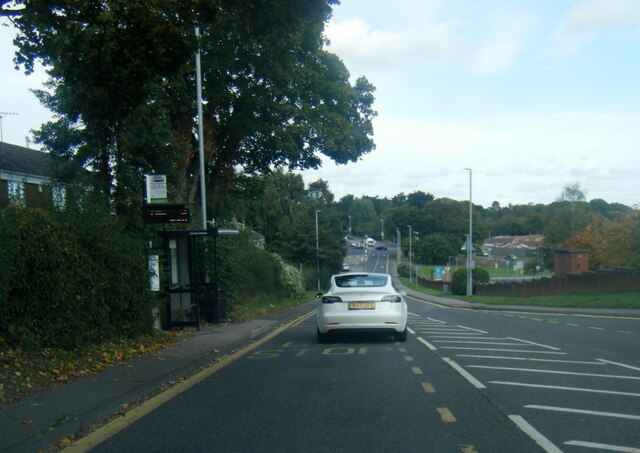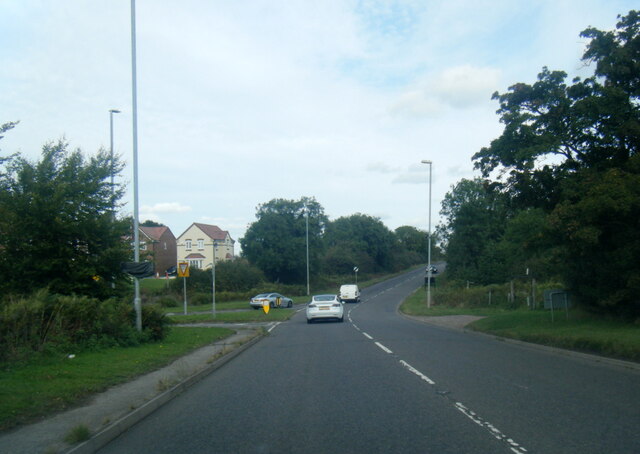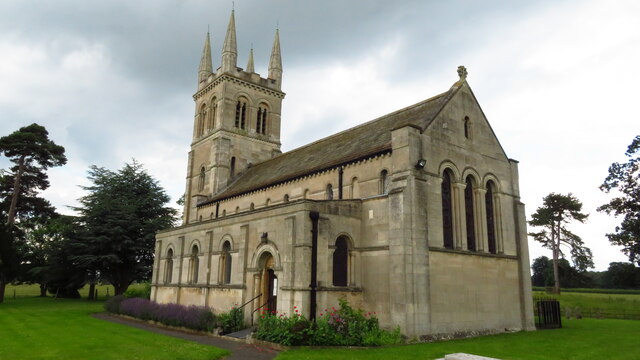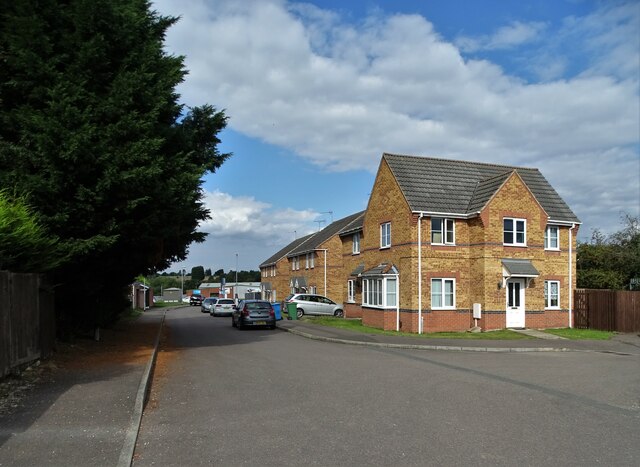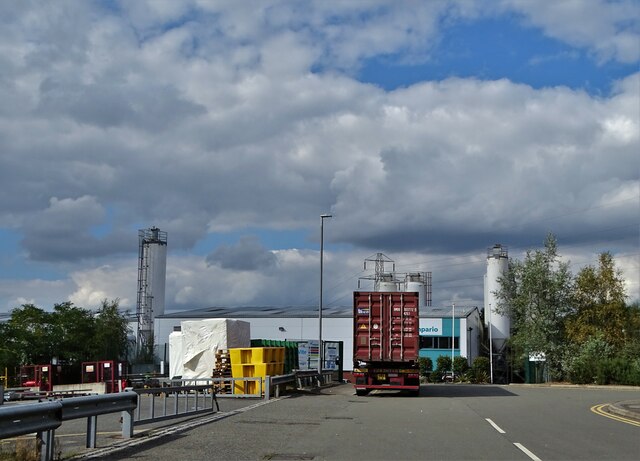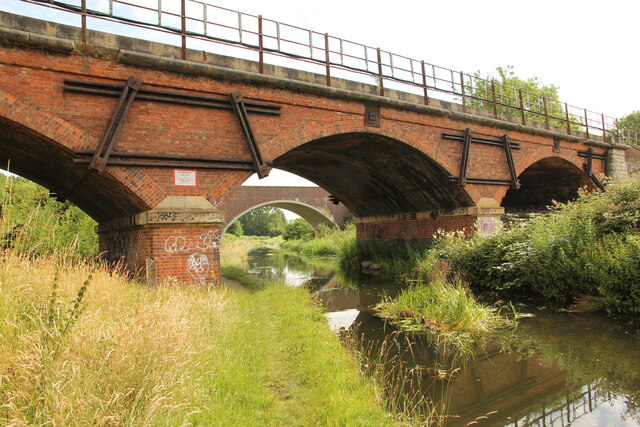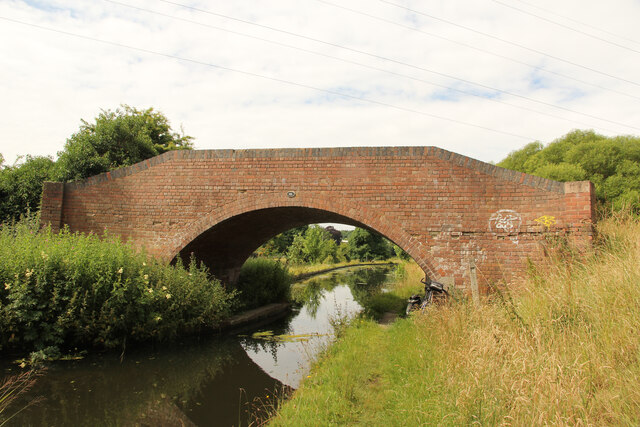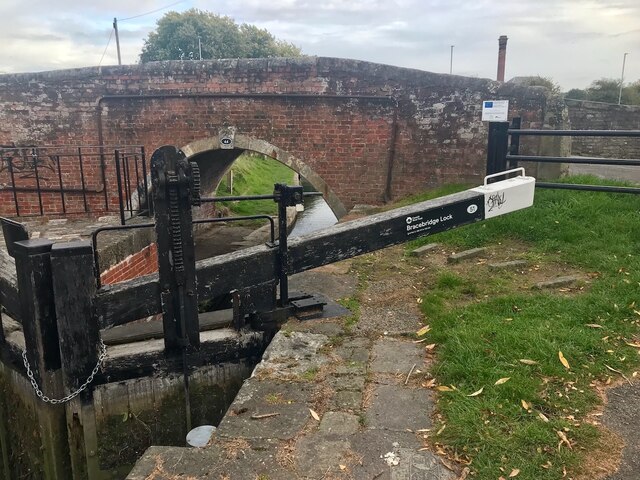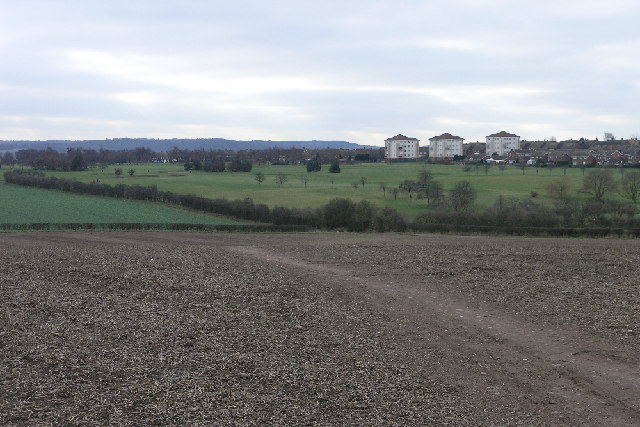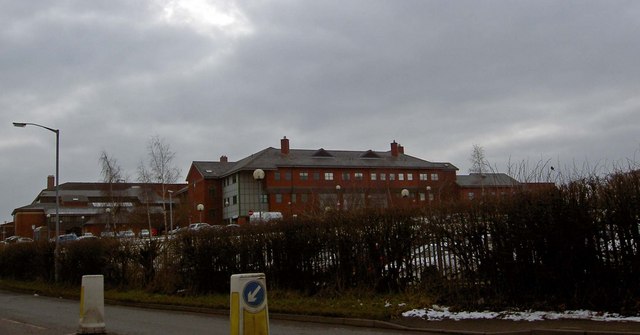Black Hill Clump
Wood, Forest in Nottinghamshire Bassetlaw
England
Black Hill Clump
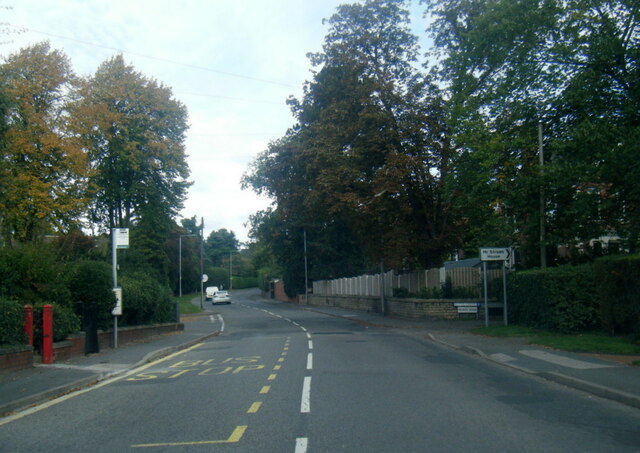
Black Hill Clump is a prominent woodland area located in Nottinghamshire, England. Situated near the village of Wood, it forms part of the larger Sherwood Forest. Covering an area of approximately 10 hectares, this ancient woodland is known for its rich biodiversity and historical significance.
The forest is predominantly composed of oak and beech trees, creating a dense canopy that provides a habitat for a variety of wildlife. The undergrowth is characterized by ferns, bluebells, and other native flora. The woodland is home to numerous bird species, including woodpeckers and tawny owls, as well as mammals such as deer, foxes, and badgers.
Black Hill Clump holds great historical importance, being part of the legendary Sherwood Forest, which was once a royal hunting ground. Its association with the legendary outlaw Robin Hood adds to its allure, attracting visitors from far and wide. The forest is steeped in folklore and tales of Robin Hood's exploits are woven into the fabric of the area.
Visitors to Black Hill Clump can enjoy walking and hiking trails that meander through the woodland, providing opportunities for exploration and tranquility. The forest offers a peaceful escape from the hustle and bustle of everyday life, with its serene atmosphere and natural beauty.
Overall, Black Hill Clump is a captivating woodland area that offers a glimpse into Nottinghamshire's natural heritage and historical past. Its diverse ecosystem and cultural significance make it a cherished destination for nature enthusiasts and history buffs alike.
If you have any feedback on the listing, please let us know in the comments section below.
Black Hill Clump Images
Images are sourced within 2km of 53.312746/-1.0879686 or Grid Reference SK6079. Thanks to Geograph Open Source API. All images are credited.
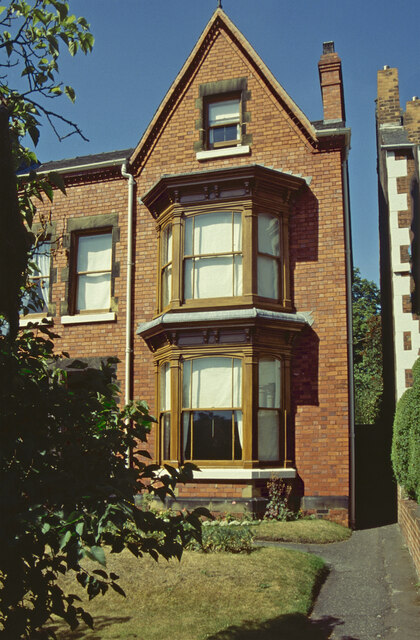
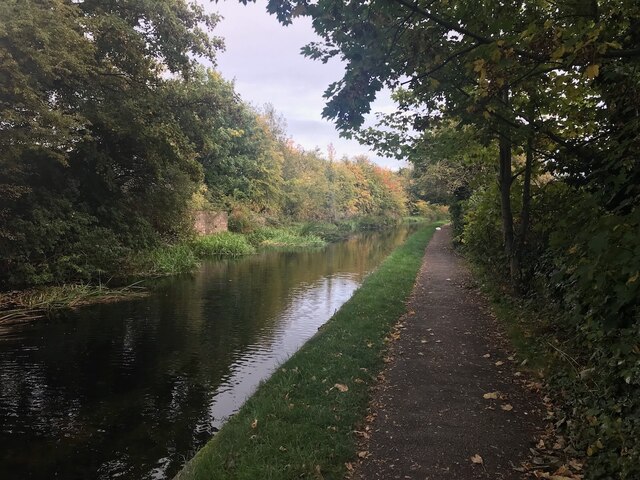
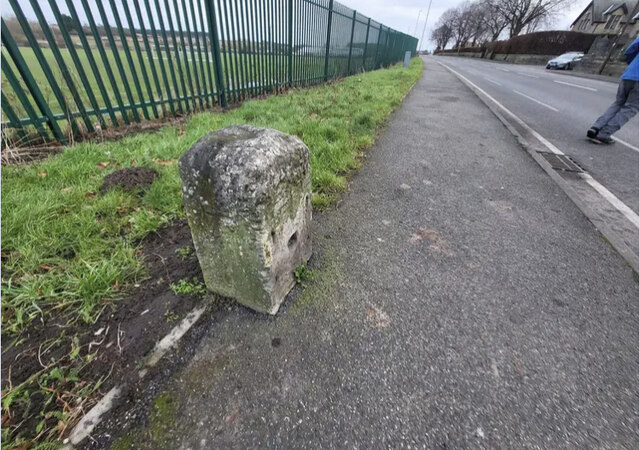
Black Hill Clump is located at Grid Ref: SK6079 (Lat: 53.312746, Lng: -1.0879686)
Administrative County: Nottinghamshire
District: Bassetlaw
Police Authority: Nottinghamshire
What 3 Words
///bolt.puts.plank. Near Worksop, Nottinghamshire
Nearby Locations
Related Wikis
Kilton, Nottinghamshire
Kilton is a large suburban area in the northeast of the market town of Worksop in the ceremonial county of Nottinghamshire in the East Midlands of England...
Bassetlaw District General Hospital
Bassetlaw District General Hospital is a National Health Service hospital in Worksop, Nottinghamshire. It is managed by the Doncaster and Bassetlaw Teaching...
Bracebridge, Nottinghamshire
Bracebridge is an undefined area of Worksop in Nottinghamshire, lying between Manton to the south, and Kilton to the north, lying on the Chesterfield Canal...
Mr Straw's House
Mr Straw's House is a National Trust property in Worksop, Nottinghamshire, United Kingdom. The Edwardian semi-detached house and its contents have remained...
Have you been to Black Hill Clump?
Leave your review of Black Hill Clump below (or comments, questions and feedback).
